1981 Mooney M20K 231
Extensive avionics upgrades
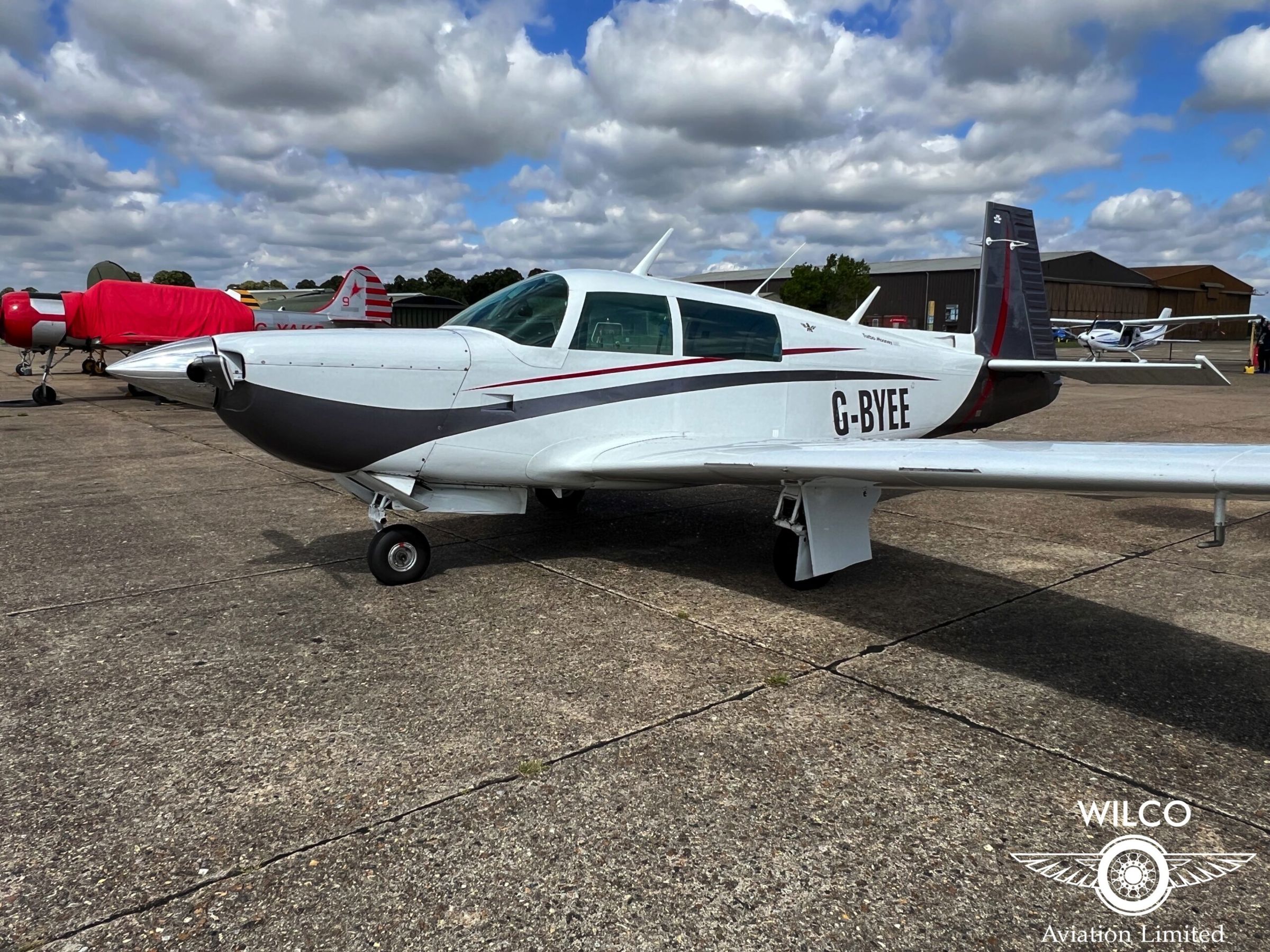
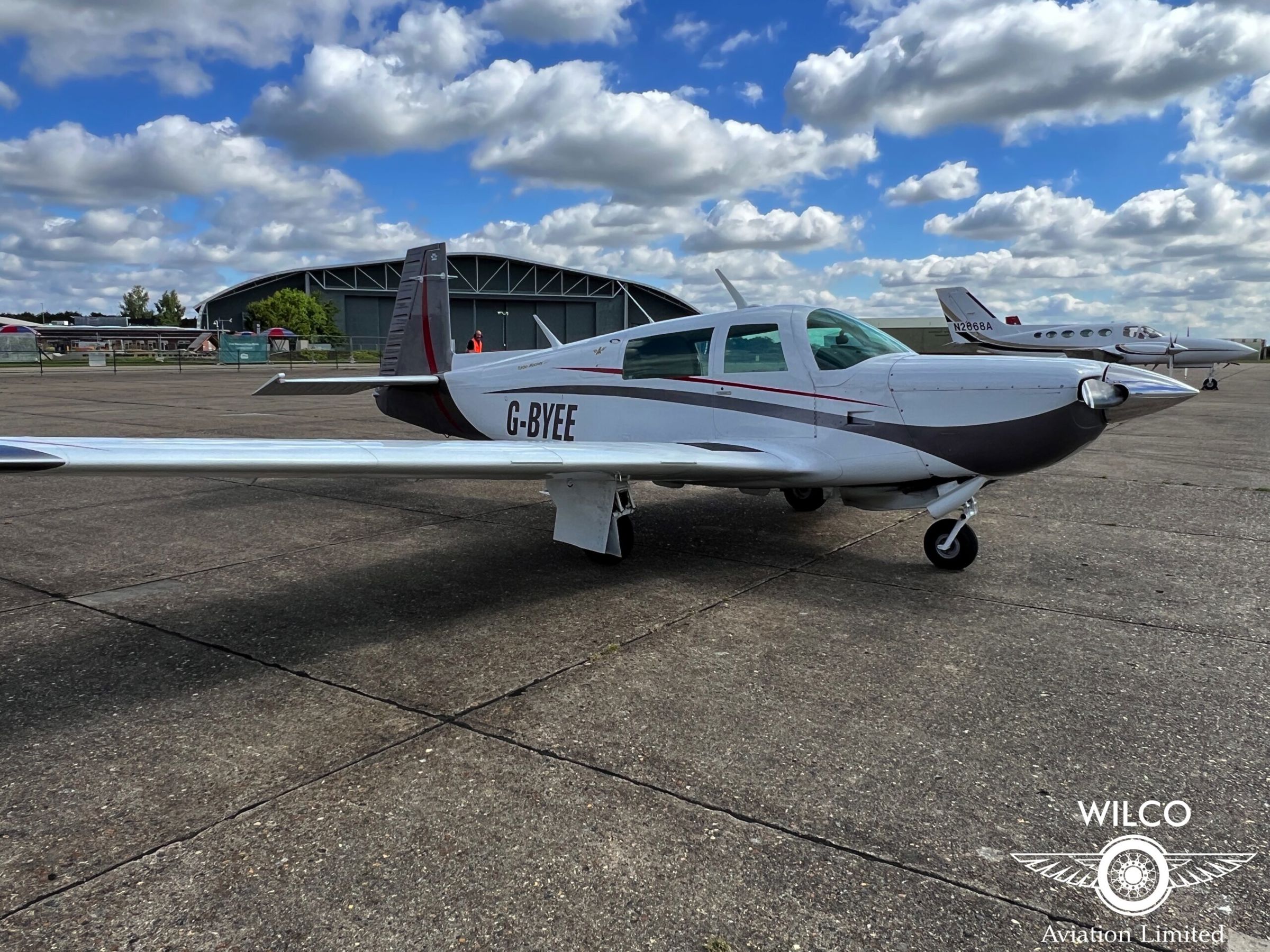
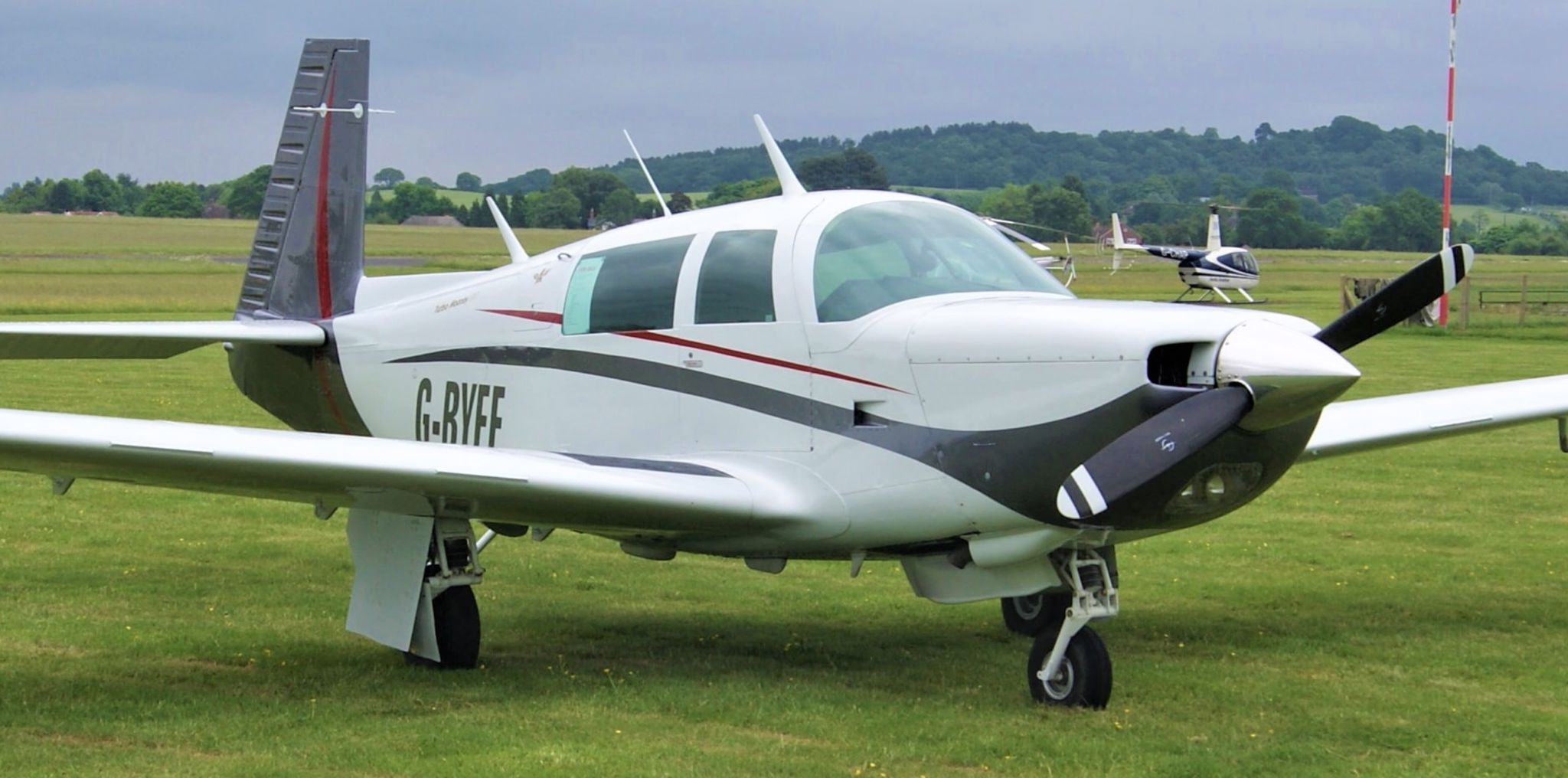
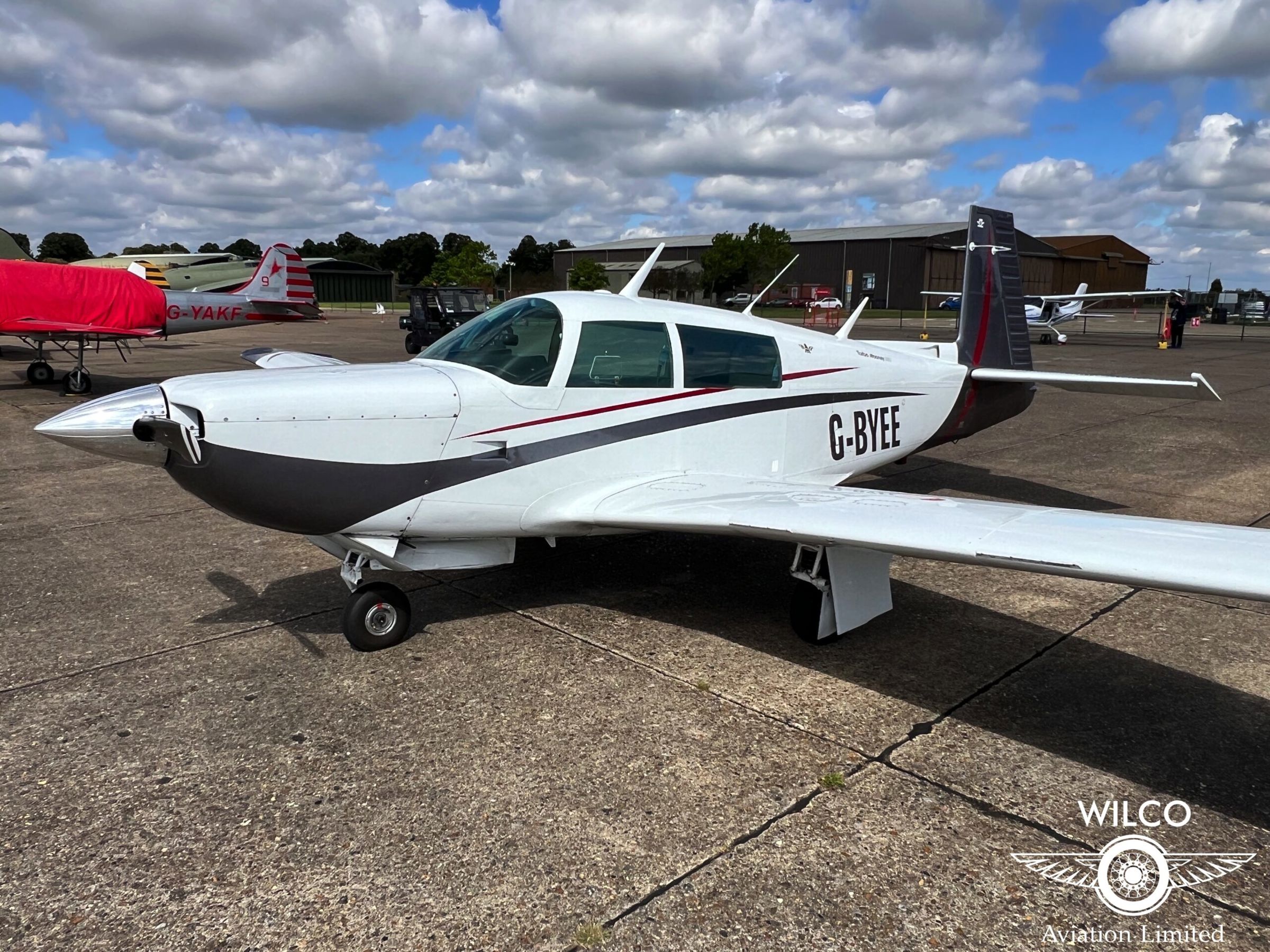
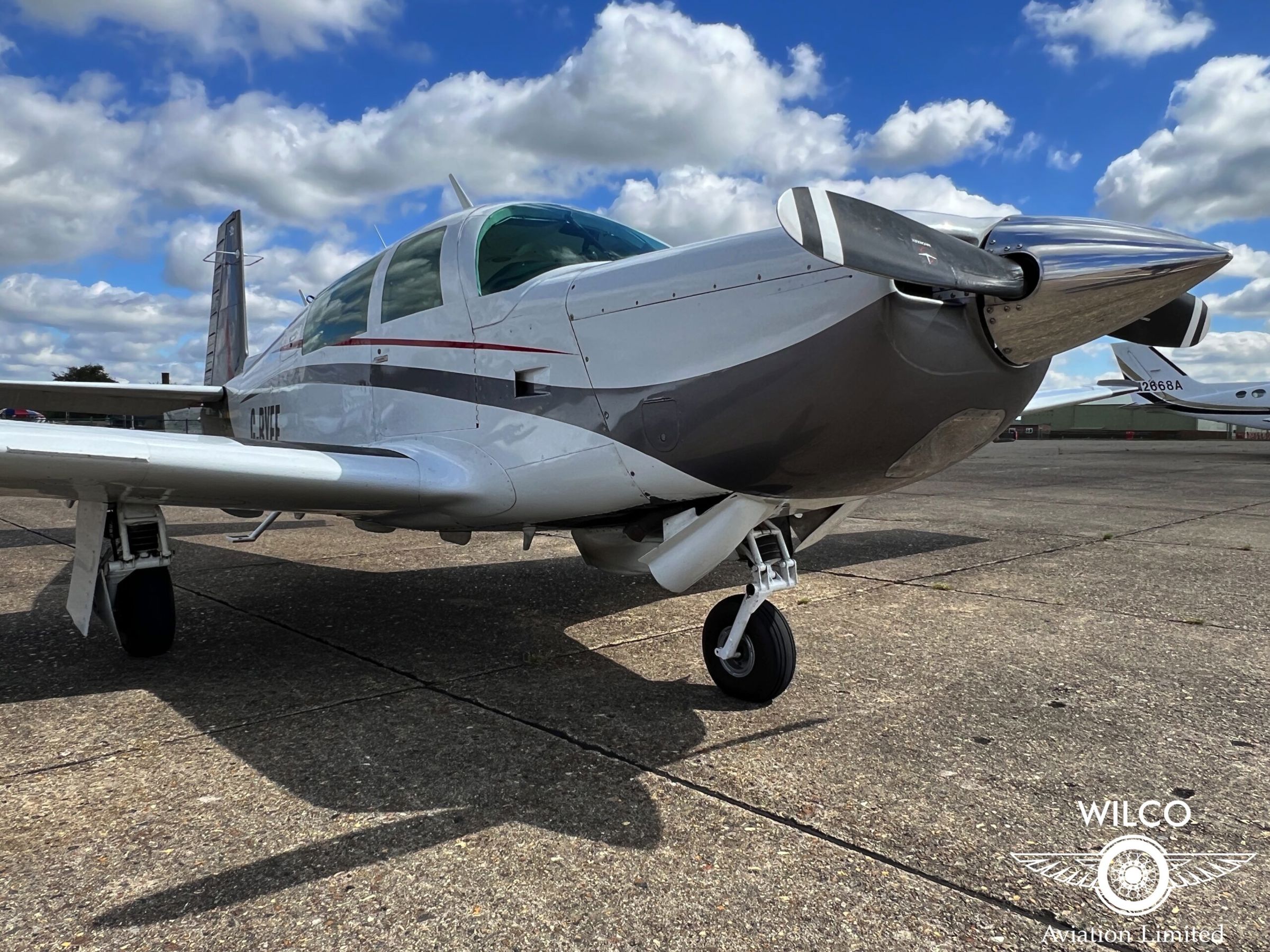
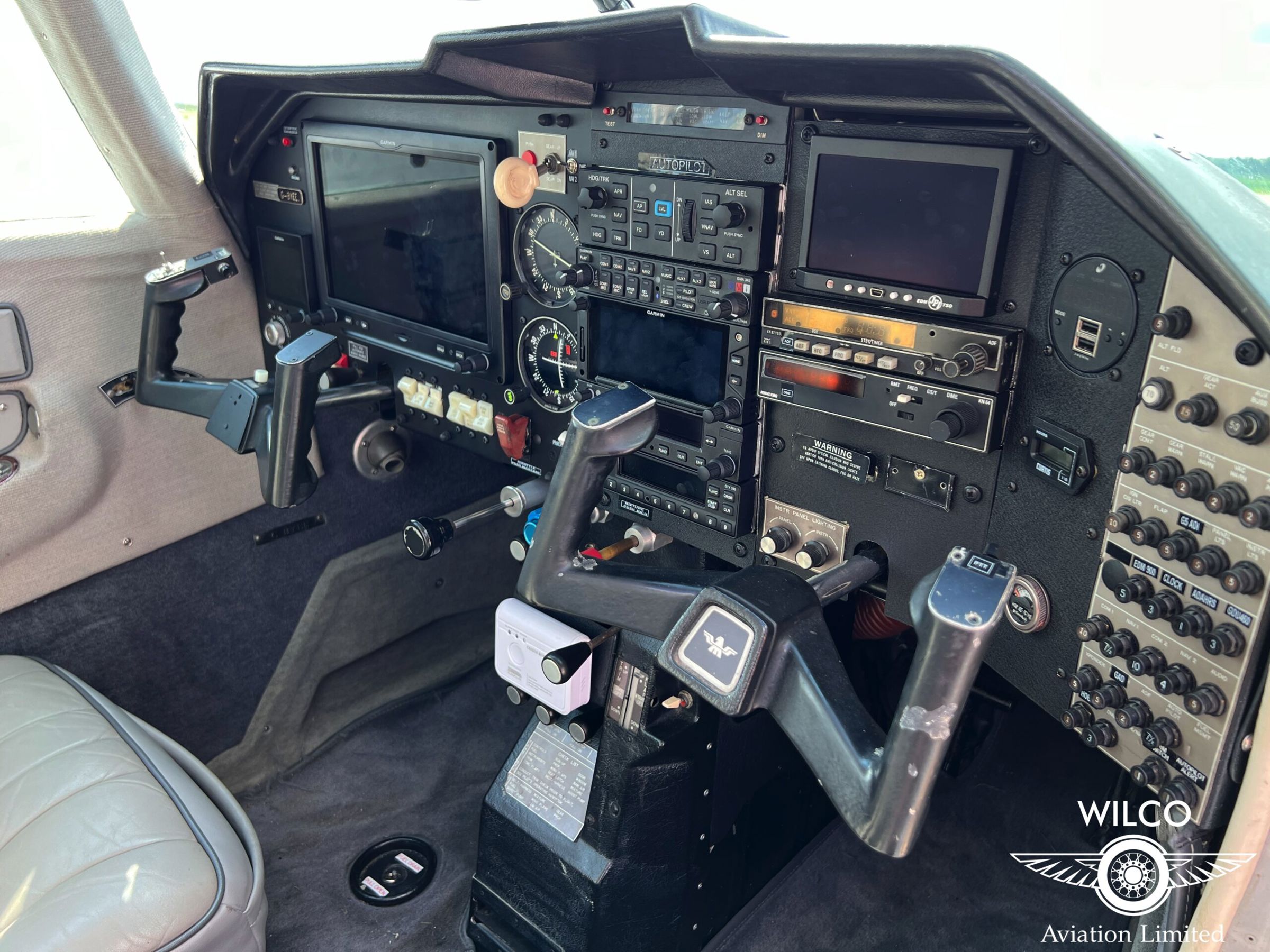
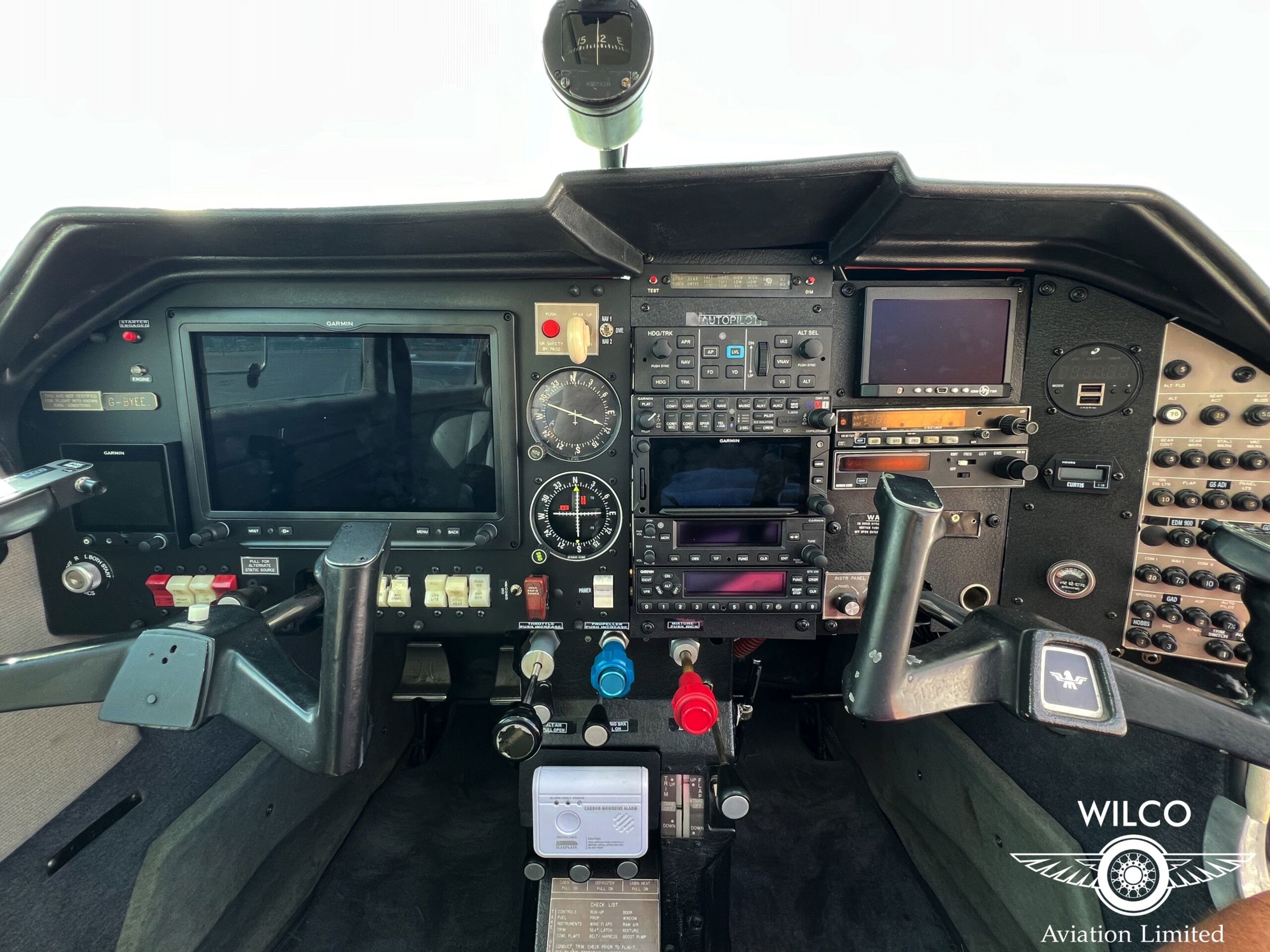
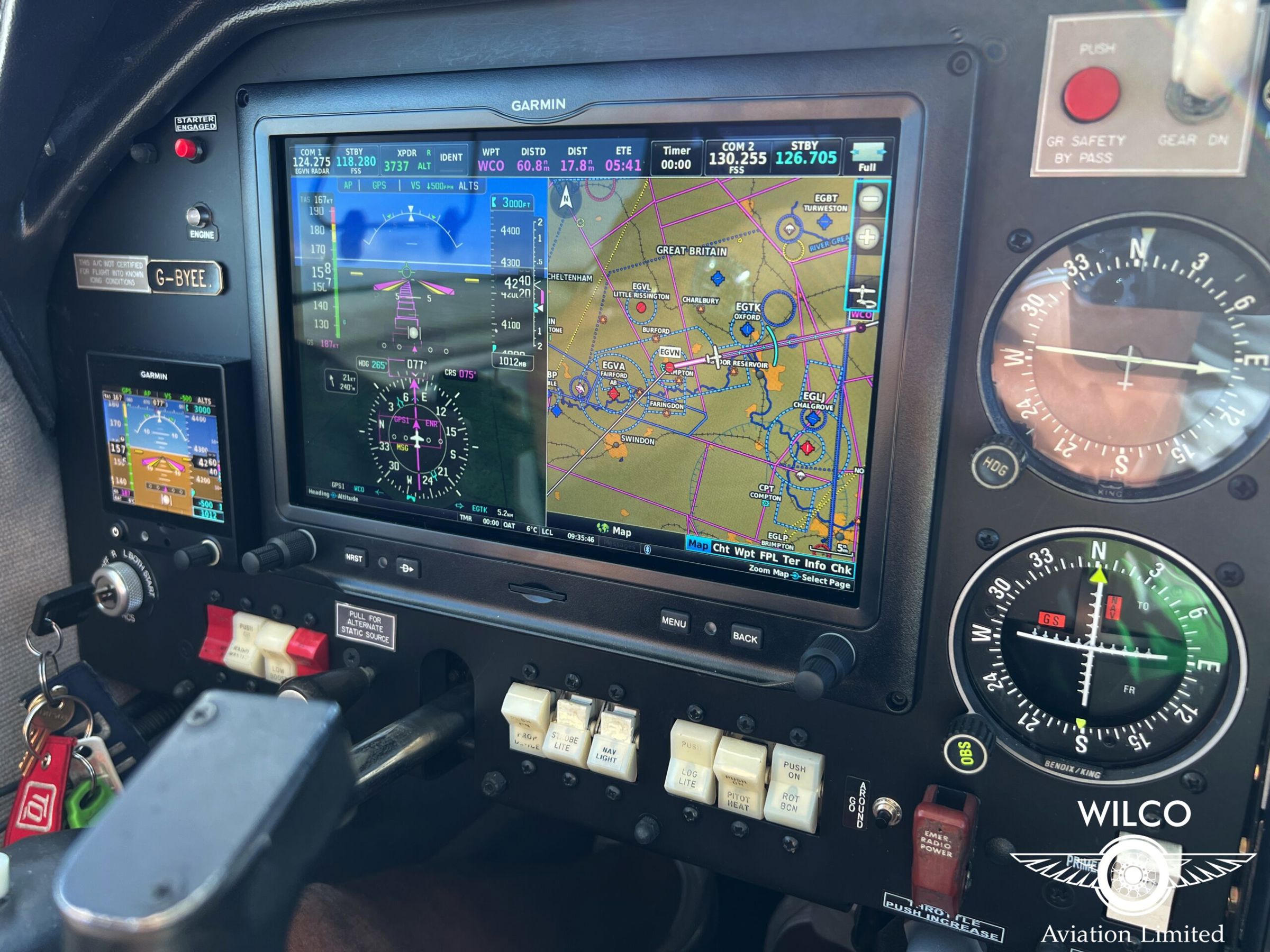
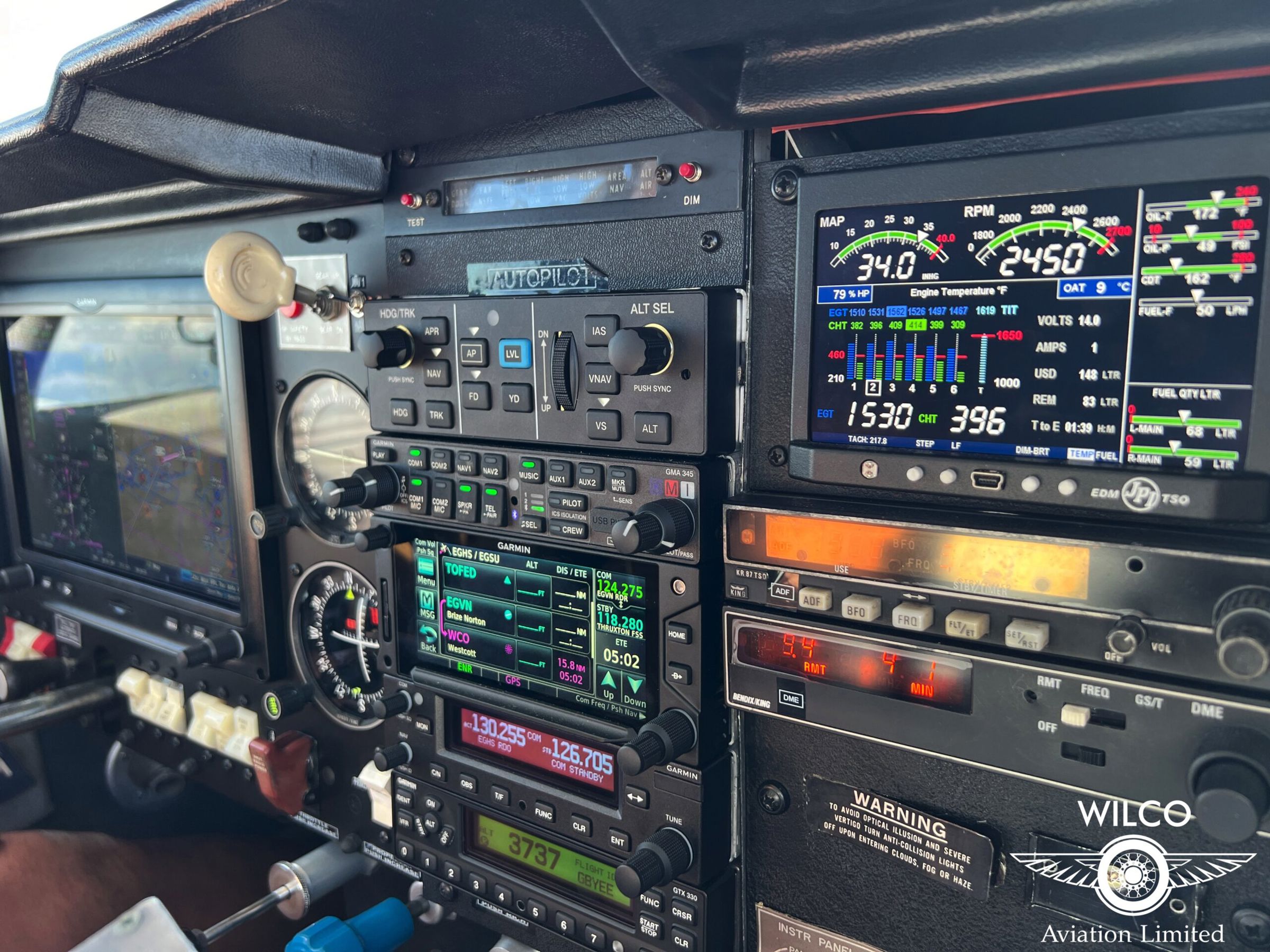
- Make
- Mooney
- Model
- M20K 231
- Year
- 1981
- Seller
- WilcoAviation
- Seller type
- Broker
- Location
- Henstridge Airfield (EGHS), United Kingdom
- Condition
- Pre-owned
- Total Time
- 3402 h
- Engine Time
- 21 h
- Undercarriage
- Retractable Tricycle
- Seats
- 4
- Flight Rules
- IFR
- Registration
- G-BYEE
Highlights
- Wilco Aviation is proud to exclusively offer this 1981 Mooney M20K 231. Flown by its current owner regularly into Europe , G-BYEE has undergone extensive avionics upgrades by Bournemouth Avionics and received a repaint and uplifted interior in 2017
Exterior
- 8/10
- Exterior White & Grey with Red trim
Interior
- 8/10
- Interior Grey leather
Maintenance
- LAST ANNUAL: 15/12/2023
- All ADs and SBs have been complied with. Full logs and records are available for viewing.
- Extensive avionics upgrades by Bournemouth Avionics and received a repaint and uplifted interior in 2017 with a more recent full top end overhaul being completed in 2024.
- Airworthiness Until
- 12/15/2024
Specifications
- Seat Configuration
- 1+3
- Gross Weight
- 1315 Kg
- Empty Weight
- 816 Kg
- Useful Load
- 499 Kg
- Cruise Speed
- 145 Kt
- Range
- 980 Nm
- Fuel Burn
- 50 l/h
- Fuel Capacity
- 288 l
Engine
- Manufacturer, Model
- Continental, TSIO-360-LB1
- 21h since top end overhaul
- ENGINE OVERHAULED: 2024 (New 2017)
- TTSN
- 867
- TSOH
- 21
- Propeller
- McCauley, 2A34C216B/G-90DHB-16E
- PROP OVERHAULED: 2017
- Type
- Variable Pitch
- Blades
- 2
- TTSN
- 381
Avionics
- EFIS
- Garmin, G3X
- EFIS
- Garmin, G5
- Audio Panel
- Garmin, GMA 345
- GPS/NAV/COM
- Garmin, GTN 650TXi
- NAV/COM
- Garmin, GNC 225
- Autopilot
- Garmin, GFC 500
- 2 axis autopilot with auto tri
- ADS-B
- Garmin, GTX 335
- DME
- Bendix/King, KN 64
- EMS
- J.P. Instruments, EDM 900
- Other
- Bendix King ADF
- Mid-Continent digital clock with 2 USB ports
- Electric Trim
Electrical equipment
- Lights
- LED Landing light
- Strobe lights
- NAV lights
Ground equipment
- Tow Bar/Tugs
- Tow bar included
Additional Remarks
- The Mooney M20 is a series of piston-powered, four-seat, propeller-driven general aviation aircraft known for their low wings and tricycle landing gear. These planes are manufactured by Mooney International Corporation.
- Designed by Al Mooney, the M20 was his 20th and most successful design. Over the past 60 years, the M20 series has seen numerous variations, starting with the wooden-wing M20 and M20A models in 1955, and culminating in the M20V Acclaim Ultra, which debuted in 2016. Throughout three production runs, over 11,000 M20 aircraft have been built, with the latest production run ending in 2019.
- In November 2008, Mooney halted production due to the late-2000s recession but continued to provide parts and support for existing aircraft. After receiving Chinese investment following a company purchase, production resumed in February 2014. Since then, Mooney has released two additional M20 models.
- Turbocharging came to the M20 series in a similar fashion to Piper’s Arrow in the late 1970s. Mooney replaced the durable Lycoming IO-360 engine of the 201 model with a fixed-wastegate version of the Continental TSIO-360. Mooney’s engineers opted for the Continental six-cylinder engine over a turbocharged IO-360 due to concerns about the reliability of turbocharged four-cylinder engines, which had shown poor performance in aftermarket turbo systems added to M20s in the 1960s and early 1970s. Additionally, Continental’s competitive pricing made the decision straightforward.
- The Mooney 231 delivers excellent performance in exchange for additional power-management workload. At 8,000 feet, the turbocharged M20 reaches 166 knots true airspeed, slightly outpacing the 201. However, the extra 10 hp only marginally compensates for the increased cooling drag and weight of the 231. The performance advantage becomes clear at 12,000 feet, with the M20K achieving 173 knots true at 75% power and 163 knots at 65% power. True airspeeds continue to increase with altitude, reaching 188 knots at 75% power and 178 knots at 65% power at the 231’s certified ceiling of 24,000 feet. The namesake 231 mph (200 knots) top speed is attainable at full power, 14,000 feet, and a fuel flow of 24 gph, though this is not a practical everyday cruise setting.
- Weight also impacts the 231’s performance, with an expected increase of about one or two knots for every 100 pounds below maximum gross weight. Fuel flows are consistent at 12.7 gph at 75% power and 10.9 gph at 65% power.